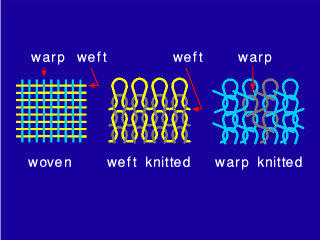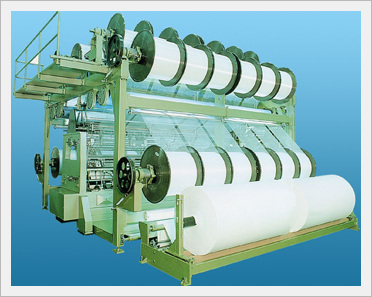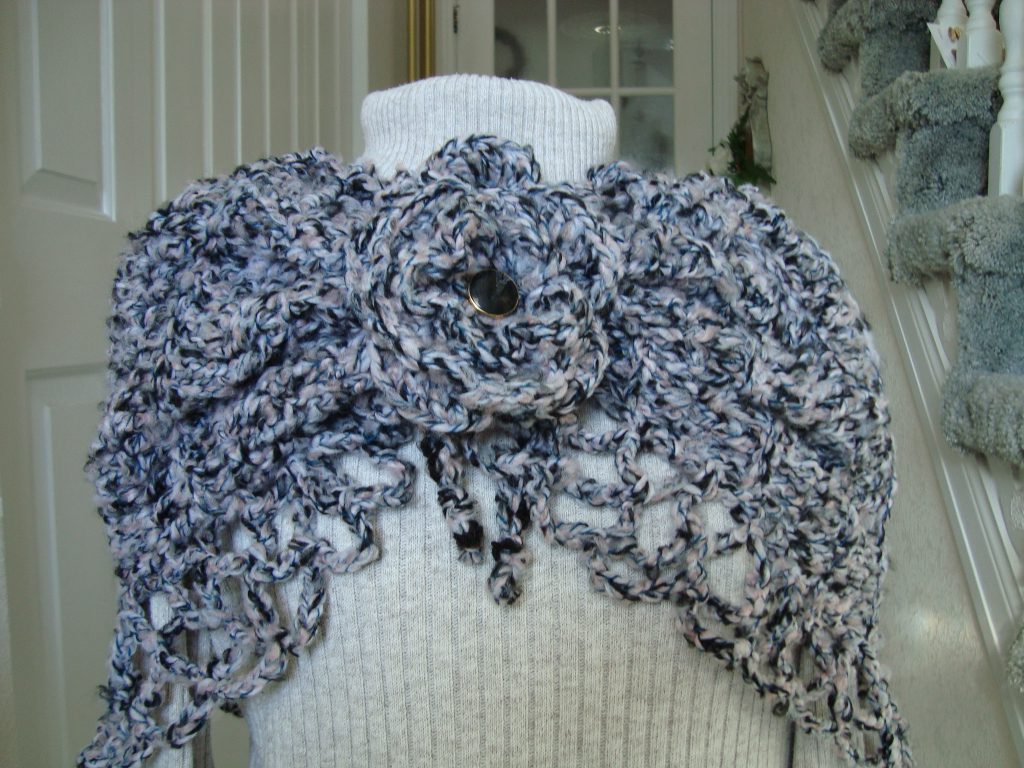 Warp knitting and weft knitting are technical terms used to describe machine knitting. These terms describe both the length and width of yarn used, as well as how many needles on a machine get used. While the average hand-knitter does not usually know much about warp knitting and weft knitting, it is good information to have if you are looking into branching out into machine knitting. Machine knitting can provide you with the opportunity to create bulk knitting fabric faster than doing it by hand, so it is a good practice for those looking to sell their knitting wares.
Warp knitting and weft knitting are technical terms used to describe machine knitting. These terms describe both the length and width of yarn used, as well as how many needles on a machine get used. While the average hand-knitter does not usually know much about warp knitting and weft knitting, it is good information to have if you are looking into branching out into machine knitting. Machine knitting can provide you with the opportunity to create bulk knitting fabric faster than doing it by hand, so it is a good practice for those looking to sell their knitting wares.
Warp Knitting Basics
Warp knitting is almost always done by a machine, due to the fact that each needle uses it’s own loop of yarn to form parallel rows of stitches that are interlocked to form fabric. Warp knitting can only produce coarse yardage, rather than being able to produce fitted garments, circular knitting, or anything with shape at all.
Still, warp knitting is popular because of its speed, and the fact that finished fabrics can be washed in a washing machine with little risk of shrinkage. Many of the knit fabrics you find in stores today are created with warp knitting due to its speed and versatility. However, the fabric turns out much coarser and thicker than fabric created using weft knitting.
There are six stitches used in warp knitting, which are:
• Tricot knit, which is soft and less prone to wrinkles.
• Milanese knit, which can be recognized by the rib pattern on the face.
• Simplex knit, which is pretty thick and dense.
• Raschel knit, which creates nets, veils, and lace.
• Ketten raschel knit, which creates a raised pattern on the fabric.
• Crochet knit, which is the basic hand-crochet stitch.
Combinations of these stitches create many looks that you see in commercial knitting fabrics, and since they are done by machine, they are done much faster than the traditional knit stitches done by hand.

Weft Knitting Basics
Weft knitting is another common style of machine knitting, although it can also be done by hand. This knitting style uses one continuous thread to form the courses and loops that create a knit fabric. The finished fabric is very elastic and thin, and much harder to unravel than the fabric created with warp knitting. It also creates a much more classic knit look, like a fabric knit by hand. And since it uses continuous threads, it can produce both fabric yardage or shaped garments, which is a bonus for those created fitted or circular pieces that don’t want a seam. This allows for many more options for the finished product, as well.
However, while it seems like the better choice, it is also a much slower process than warp knitting. In addition, there is a bigger risk of shrinkage if you wash this fabric in a machine, so it is best to hand wash. Depending on what your priorities are, this may still be a better option, especially if you are creating fitted pieces or don’t want an unsightly seam.
There are three main stitches used in weft knitting, which are:
• Plain knit
• Rib knit
• Purl knit
Combinations of these three stitches create many looks that you find in both hand knits and machine knits all over. Since the stitches are the same for both hand knitting and machine knitting, these fabrics look much more like hand-made fabrics.
So, if you’re just getting into commercial knitting, warp knitting and weft knitting are the two most common techniques used. By looking at both styles and determining your priorities, you can decide what techniques work best for you and your products. If you are going for speed and ease of care, warp knitting is your best option. However, if you want to create pieces with that classic knit look that so many find appealing, you’d do better to take your time and use weft knitting techniques. Warp knitting and weft knitting are both good options to fit different needs, you may find that you like both techniques equally, in which case you need to research the best machines to do the job.
Image Attribution:
Image Source 1
Image Source 2

